-
Running Shoes: Start Off on The Right Foot!
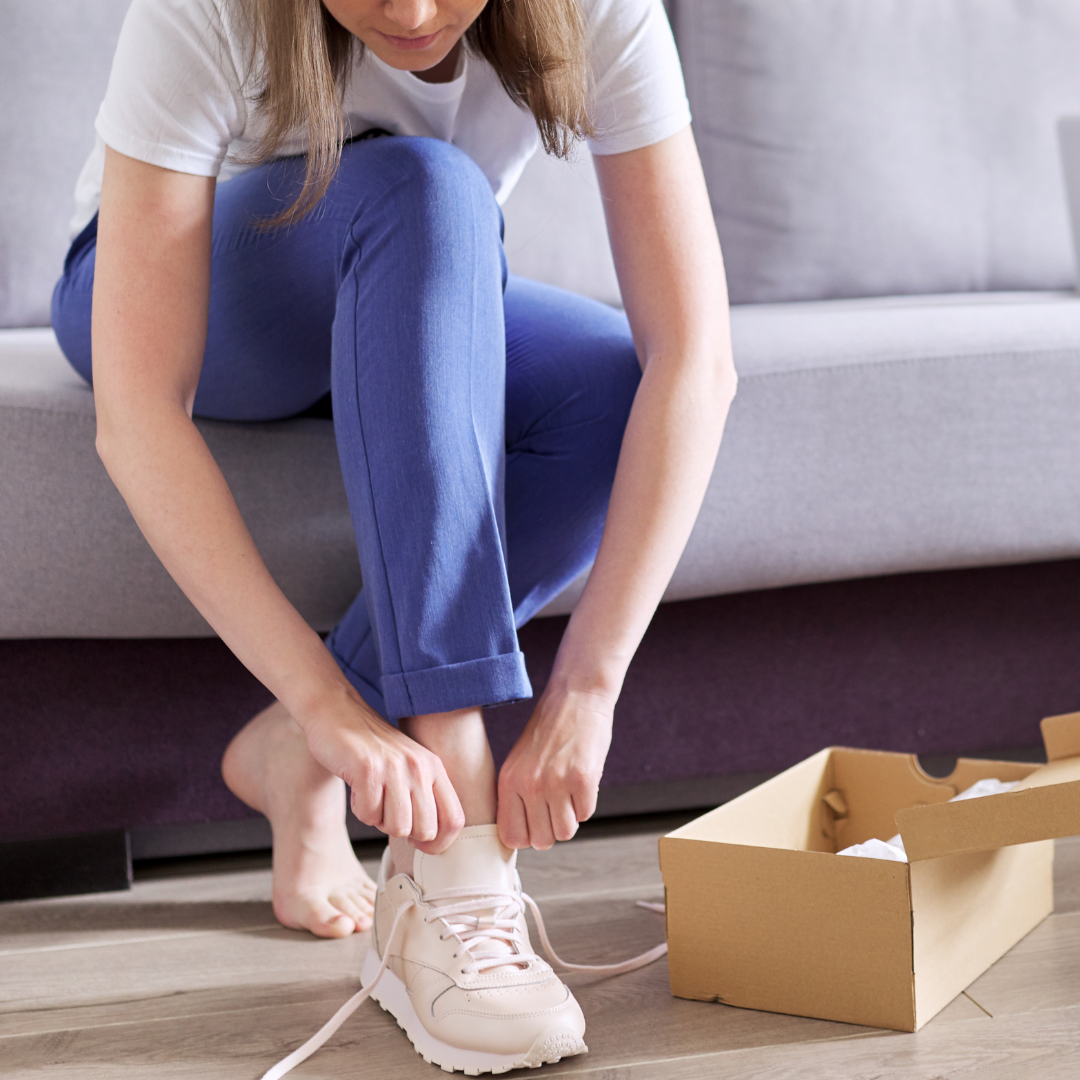
If you run, you need the right footwear. Fortunately, Kentlands Foot and Ankle Center is well-prepared to support your footwear needs. Before you decide which shoe is right for you, let’s break down some common tips that can improve performance and ensure sustainability.
Here are some Do’s and Don’ts to follow before purchasing new running shoes
DON’T run in old, beat-up shoes. Runners need to be prepared, and footwear is no exception. To keep shoes fresh, try to have two pairs on hand and alternate them. The wear and tear from repeated motions erodes the support of a running shoe, which might increase your risk of injury.
DO invest in a pair of good socks and laces. The right pair of socks will provide valuable cushioning and even help with sweating. Laces with ‘bumps’ along them might cost a little more, but they don’t slide around in your shoes.
DON’T ignore the unique traits of your feet. Do you have high, flat, or neutral arches? Do your ankles roll when you run? These are the kinds of details our experts can help you with, and knowing about them beforehand will help you choose the right shoes for you.
DO consider custom orthotics. These can enhance your running game by helping to prevent injuries before they occur. And we can help you find the perfect fit! At Kentlands, there are no more clunky plaster casts or lengthy waiting times. Instead, we employ our new 3D laser scanner to perform a clinical examination of your feet. In just 10 seconds, this technology takes thousands of measurements and provides the perfect custom fit.
We’re big fans of running, and we know just how much it can benefit your life. Still, putting safety first is important. Dr. Jon Sherman is an acknowledged expert in treating sports injuries, and he has served as a consultant for the Marine Corps Marathon. He’s well-equipped to help improve your athletic performance and keep your feet healthy as you chase your goals. To schedule a comprehensive foot examination with Dr. Sherman at our Gaithersburg office, please call 301-330-8971 or contact us online today.
-
Good News for People with Chronic Heel Pain!
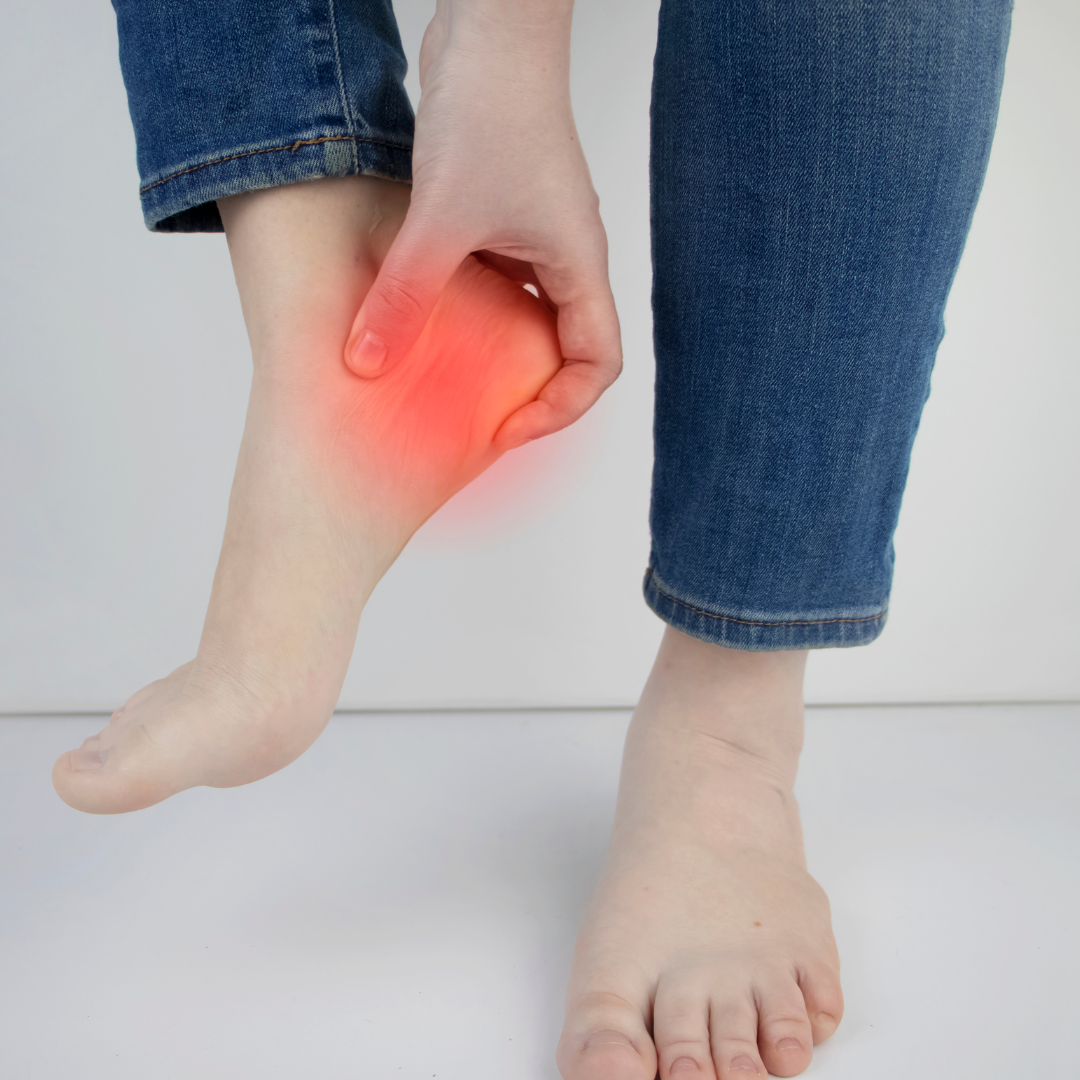
A twitch of pain somewhere in your foot is one thing – brief and tolerable. Thank goodness it goes away.
Heel pain that doesn’t go away is an entirely different matter. We’re talking about the heel pain that greets you like a knife when you step out of bed every morning. The kind of intense pain that makes you cry out, perhaps with a few choice words you didn’t mean to say. This kind of pain requires attention from Kentlands Foot and Ankle Center’s board-certified podiatrist, Dr. Jon M. Sherman, because it’s not likely to get better on its own.
Plantar fasciitis, explained!
The medical term for chronic heel pain is plantar fasciitis. Any medical word with the suffix “-itis” means “inflammation.” In this case, it’s the plantar fascia that’s inflamed. The plantar fascia is a large, thick ligament that runs along the bottom of your foot, connecting the calcaneus (heel bone) to your toes. It’s easily inflamed under some circumstances:
- You have a job that requires you to be on your feet for much of the day, such as a waiter, nurse, or urban mail carrier.
- You’re a runner or walker who’s recently increased their mileage, pace, or distance.
- You participate in other athletic activities, such as ballet, that put a lot of stress on your feet.
- You’re carrying some extra pounds, which puts undue stress on your feet.
- You have pre-existing issues with your foot anatomy, such as flatfoot or high arches.
- You’re over 40: The older you are, the more likely you will develop plantar fasciitis.
The pain you don’t have to live with
Fortunately, we have many effective treatments that soothe the pain of plantar fasciitis. Dr. Sherman will likely start with conservative approaches, including taking a break from any activity that hurts, performing stretching exercises, icing, taking anti-inflammatory medications, wearing custom orthotics, and getting steroid injections. Often, the best treatment involves a combination of all these.
Other treatment options include non-invasive shockwave therapy (ESWT, laser light therapy/cold laser, and physical therapy. Surgery for plantar fasciitis is a possibility but not a common one.
The key to successful plantar fasciitis treatment is getting it promptly. Don’t wait. We encourage residents of Montgomery County to consult Dr. Sherman sooner rather than later for a full examination and assessment of their heel pain. Call 301-330-5666 or contact us online for an appointment at our Gaithersburg podiatry office.
-
Regular Exercise Can Prevent Falling: 5 Ways to Make It Easier

If you’re alive on this planet, you know that doctors always recommend regular exercise for optimal health. Exercise improves heart function, keeps unwanted pounds off, wards off disease, and even calms symptoms of depression and anxiety. But if you’re a senior citizen, there’s another benefit of exercise you may not have thought of:
Regular exercise can help prevent dangerous falls.
If you’re someone who exercises already – great. You’re better off than the 30-40% of people over 65 and 50% of people aged 80 and up who take a fall every year. If you don’t exercise, starting an exercise program may seem daunting. But, it doesn’t have to be.
Here are five ways to get motivated to strengthen the muscles that help you sit, stand, and walk confidently without dangerous hesitations or wobbles:
- First things first – fix your foot or ankle pain: Exercise may be difficult, painful, or downright impossible if it causes pain. Let our board-certified podiatrist, Jon M. Sherman, treat your toe arthritis, nerve pain, or plantar fasciitis with state-of-the-art treatments and therapies, including custom orthotic inserts and targeted laser therapy. Dr. Sherman can also perform a fall prevention risk assessment.
- Do something you like: Walking is easy and requires no special equipment except a great pair of shoes. If walking isn’t appealing, there’s swimming, tai chi, and yoga.
- Start slowly: You risk injuring yourself if you exercise long and hard from the get-go.
- Exercise with a friend: An exercise partner can be very helpful to keep you motivated.
- Take advantage of Montgomery County resources: Call your local senior center or YMCA to inquire about balance and exercise classes. Many facilities offer transportation to and from, making it easier to keep exercising.
Commit to exercise this Falls Prevention Awareness Month! For a foot exam or personalized fall prevention assessment, contact Kentlands Foot & Ankle Center in Gaithersburg at 301-330-5666 or request an appointment with Dr. Sherman online.
-
Swift Steps and Setbacks 3 Common Foot and Ankle Injuries in Women’s Soccer

In women’s soccer, both at the amateur and professional levels, players are prone to various foot and ankle injuries due to the dynamic nature of the sport and the repetitive stress placed on these areas during matches and training.
Here are 3 common foot and ankle injuries prevalent in women’s soccer:
1-Ankle Sprains
Ankle sprains are among the most prevalent injuries in women’s soccer. They occur when the ligaments surrounding the ankle joint are stretched or torn, usually as a result of sudden changes in direction, collisions with other players, or landing awkwardly after a jump. In amateur and professional contexts, the intensity and speed of the game can increase the risk of ankle sprains. Female players, in particular, might be more susceptible due to differences in lower limb alignment and hormonal factors affecting ligament laxity. Ankle sprains can range from mild to severe, with swelling, pain, and limited range of motion being common symptoms. Management includes the R.I.C.E. protocol (rest, ice, compression, elevation), followed by physical therapy to restore strength and stability. Preventive measures include balance training, proprioceptive exercises, and using proper footwear.
2-Achilles Tendonitis
Achilles tendonitis is another prevalent injury in women’s soccer. The Achilles tendon connects the calf muscles to the heel bone and is subjected to significant stress during sprinting, jumping, and sudden stops. Overuse and improper training techniques can lead to microtears and inflammation in the tendon. Players may experience pain, stiffness, and swelling in the back of the ankle. In the professional sphere, rigorous training schedules and frequent matches can exacerbate the risk of Achilles tendonitis. Treatment involves rest, targeted stretching and strengthening exercises for the calf muscles. In severe cases, immobilization and even surgical intervention may be necessary. Proper warm-up routines, gradual increases in training intensity, and adequate footwear can help prevent this injury.
3-Metatarsal Stress Fractures
Metatarsal stress fractures are common in women’s soccer due to the repetitive impact and running involved in the sport. These fractures occur when the bones in the forefoot (metatarsals) experience repeated strain, often from overuse without adequate rest. In both amateur and professional contexts, female soccer players can be at risk due to the high number of games and training sessions. Players with stress fractures may feel localized pain, swelling, and discomfort during activity. Treatment requires rest, often with the use of protective footwear or even a walking boot. Gradual return to play and modifications in training intensity are necessary to prevent re-injury. Ensuring proper nutrition and bone health, as well as monitoring training load, can play a crucial role in preventing metatarsal stress fractures.
Foot and ankle injuries are common in women’s soccer, both at the amateur and professional levels. Ankle sprains, Achilles tendonitis, and metatarsal stress fractures are particularly prevalent due to the demands of the sport, player-specific factors, and the intensity of training and matches. Preventive measures, including targeted exercises, adequate rest, proper warm-up routines, and attention to training load are essential to minimize the occurrence of these injuries and maintain the long-term health and performance of female soccer players.
Whether you or a member of your family have experienced an injury while participating in a sport, or leisurely walking, contact Kentlands Foot and Ankle Center podiatrist Dr. Jon M. Sherman at our Montgomery office. Please call our office today, at 301-330-5666 to schedule your appointment or visit our website.
-
Let This Year Be The End Of Your Foot Pain
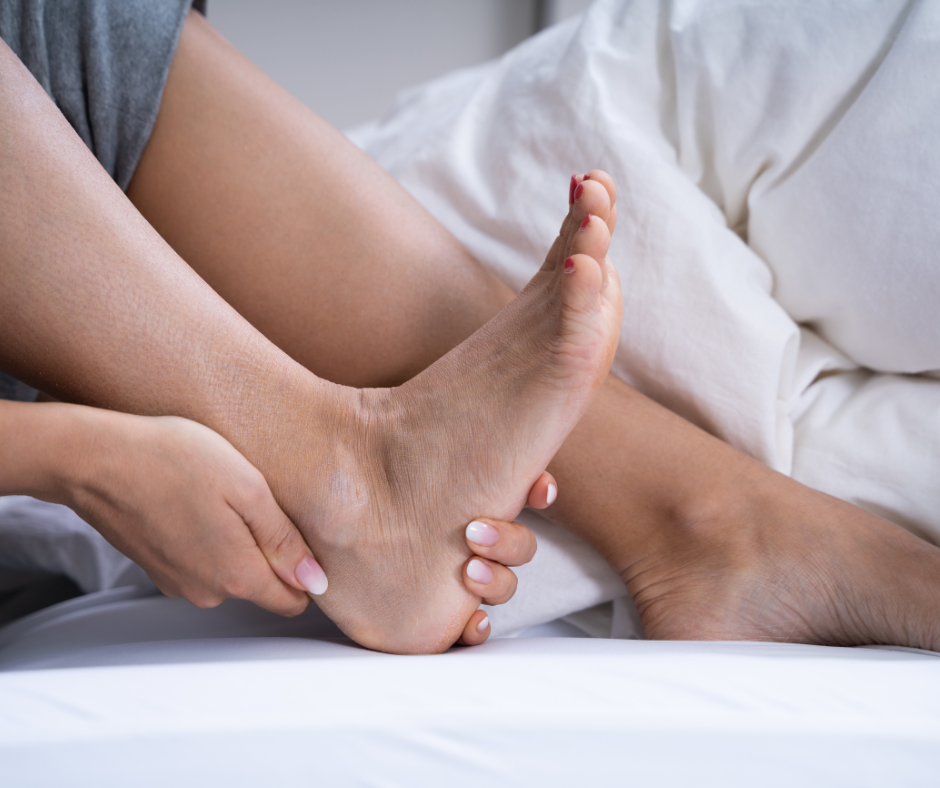
As we welcome the new year, many feel motivated to take steps towards self-improvement. Some may begin by improving their daily routines, including increased healthy exercise habits. If you start a new fitness routine, be gentle with yourself, be consistent, and start slowly. Occasionally, heel pain can intensify when you begin a new exercise routine. Don’t let heel pain prevent you from moving forward with your 2023 fitness goals!
Heel pain (plantar fasciitis) may be one of the most common issues seen by podiatrists today. It’s a condition in which the band of tissue that stretches from your heel bone to your toes becomes inflamed, torn, or otherwise stressed from overuse. It is vital to get a complete exam and proper diagnosis if you experience heel pain.
Our specialists recommend using the following methods to resolve foot pain during the new year
- Follow simple stretches and exercise routines to strengthen the foot.
- Wear proper fitting shoes with arch and ankle support.
- Ice your heel several times a day to reduce uncomfortable inflammation.
- Rest your lower extremities.
- Use custom orthotics to alleviate chronic foot pain.
- Use an anti-inflammatory drug such as Ibuprofen and Naproxen to help with the pain.
- Call a podiatrist.
Certain people have an increased risk of developing plantar fasciitis or foot pain. Those people are:
- Between the ages 40-60
- Carry extra weight
- Have predisposed hereditary conditions
- Have tight Achilles tendons
- Wear non-supportive shoes or high heels
- Have an occupation that causes you to be on your feet for extended periods
The longer you have been experiencing the pain of plantar fasciitis, the longer it may take to help resolve the pain. To better determine the source of your heel pain and the best course of treatment, schedule a comprehensive foot examination with Kentlands Foot and Ankle Center podiatrist, Dr. Jon M. Sherman, at our Montgomery office. To schedule your appointment, please call our office at 301-330-5666.
-
Everything You Need to Know About Gout
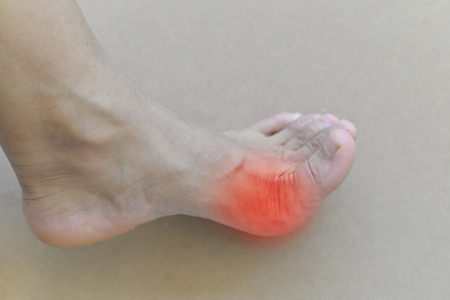
A condition often seen in our office this time of year is gout. Gout is a condition that affects the lower extremities, and symptoms of gout are often increased with colder temperatures. Our specialists discuss everything you need to know about this condition, including what it is, its risks, treatments, and so much more!
What Is Gout?
Gout is a type of arthritis that affects the lower extremities. Gout usually develops in adulthood and rarely seen in children. Gout usually develops earlier in adult men (between the ages of 30-45) than in adult women (after age 55). Gout can be triggered by certain festive holiday foods that we tend to consume more during this time of the year. These foods can cause uric acid to excessively build in the body and trigger the symptoms of gout.
The Phases of Gout
The three phases of gout are:
- Gout Flare– This is the initial gout flare that most likely involves a single joint.
- Intercritical Gout– This is the time between gout flares. When gout is treated, flares will rarely occur more than once within two-year intervals.
- Tophaceous Gout– This is a condition that develops after suffering from multiple gout flares. This is a condition that describes the accumulation of urate crystal masses within the body.
What Are the Risks of Developing Gout?
As previously mentioned, certain lifestyle factors will increase your risk of developing gout. The most common lifestyle factors are:
- Certain medications (such as diuretics)
- Dehydration
- Consuming large amounts of meat
- Consuming large number of beverages that contain high fructose corn syrup
- Consuming excessive amounts of alcohol
- Being overweight
- Family history
- Certain medical conditions
- Recent injury or surgery in the lower extremities
- Age and sex
Symptoms of Gout
The most common symptoms of developing gout are:
- Sudden attack of pain in the lower extremities
- Discomfort that does not subside
- Intense joint pain
- Stiffness in the lower extremities
- Signs of limping
- Joints feel hot-to-the-touch
- Inflammation in the lower extremities
- Limited range of motion in the affected area
When To See a Podiatrist
If you are experiencing chronic foot pain or discomfort in your lower extremities, call our Montgomery office at 301-330-5666 and schedule an appointment with our board-certified podiatrist Dr. Jon M. Sherman or visit our website for more information. Please note that our office hours are currently Monday, 10am-5:30pm, and Tuesdays and Thursdays, 10am-5pm. For new or current patients who do not want to come into the office, we are also offering Telehealth video visits. To schedule a Telehealth visit, please call our office.
-
Preparing For Your Next Appointment
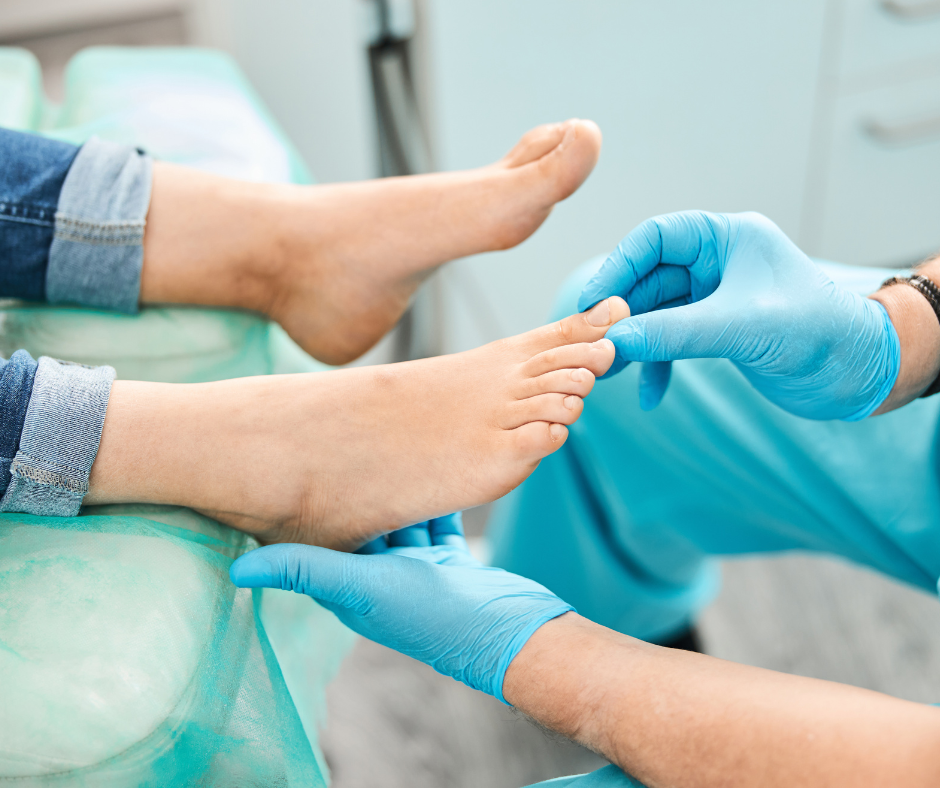
A doctor visit can be nerve-wracking, especially if this is your first time at a podiatrist’s office. But with some simple preparation, you can limit the anxiety you feel prior to your appointment and make the most out of seeing your specialist. At Kentlands Foot and Ankle Center, we take extra care in making sure your visit is as comfortable and helpful as possible! Below is a useful guide to help you prepare for your next appointment.
Before Your Visit
It might be helpful to make a physical or mental checklist of some important information to make your podiatrist’s questions easier to answer, such as:
- The symptoms you’re experiencing
- Any medication you’re taking
- Relevant lab test results
- Allergies they should know about
- Previous surgeries
- Any questions or concerns you have for your doctor
During Your Visit
- Expect your podiatrist to go over all the information listed above
- Be sure to ask for any clarification if you’re unclear with what your doctor is saying
- Take notes if you find it helpful
- If you’re attending a virtual appointment, be sure you arrive to your appointment on time and check that your technology is working properly
After Your Visit
- Make sure you follow your podiatrists’ recommendations for healing and recovery
- Pick up any medication your doctor may prescribe and take them as instructed
- Schedule a follow up appointment if necessary
- If your doctor has not gotten back to you with test results, give them a call
- Reach out to your podiatrist if you have any follow up concerns or questions
Schedule A Visit
It is recommended that you visit your local podiatrist once a year for an annual checkup. If you’ve been experiencing any foot or ankle pain, schedule an appointment with a podiatrist so they can examine and treat any problem you might be facing. To schedule an appointment with our board-certified podiatrist Dr. Jon M. Sherman, at our Montgomery County office, call 301-330-5666 or visit our website for more information.
-
UV Safety Awareness Month
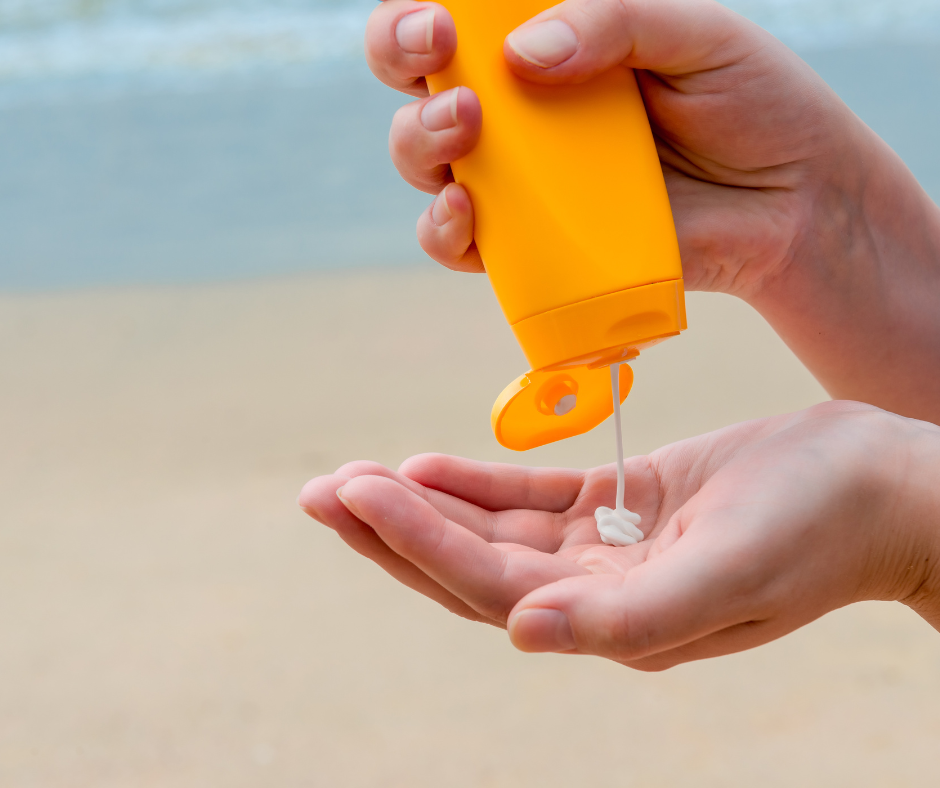
Summer is finally here! The great outdoors is beckoning. Many people tend to forget that their feet and ankles are just as vulnerable to harmful UV rays as the rest of their bodies. Sunlight is a potent source of ultraviolet radiation. Overexposure to the sun can cause a host of serious health issues such as skin cancer, heat exhaustion, and melanoma. At Kentlands Foot and Ankle Center, we want all our patients to feel safe and protected while still enjoying their favorite summer activities! Below you will find signs of skin cancer and tips and tricks to protect your feet from damaging UV rays.
Learn to recognize the signs of skin cancer. A helpful way to remember the signs of skin cancer is ABCDE:
- A is for asymmetry. Most moles are symmetrical. If you find a mole that is not symmetrical, bring it to your doctor’s attention.
- B is for borders. Be alert to a new or changed mole with irregular borders.
- C is for color. If you spot a mole with an unusual color, get it checked.
- D is for diameter. Any mole larger than the eraser on the tip of a pencil should be considered suspect.
- E is for evolving. Healthy moles don’t change.
How To Protect Your Feet from Damaging UV Rays
- Always Apply Sunscreen. Most dermatologists recommend using sunscreen with an SPF of at least 30. This will protect your skin from 97% of the sun’s harmful UV radiation.
- Wear Shoes That Protect Your Feet. Flip-Flops and sandals are a summer favorite. But they are not the best choice for protecting your feet from the elements. Shoes such as Crocs can protect your feet while also allowing your feet to breathe. Plus, they are waterproof!
- Cover Your Skin. Get settled under a tree or canopy. Alternatively, use breathable fabrics to keep you cool and protected from the sun!
- Avoid Peak Sun-Times. In most places, the sun is usually the strongest from 10 am to 4 pm. If you are outside during these times, take precautionary measures and incorporate all our tips.
- Drink Plenty of Water every day. Remembering to stay hydrated is especially important in the summer sun. The U.S. National Academies of Sciences, Engineering, and Medicine determined that an adequate daily fluid intake to replenish your body is: About 15.5 cups (3.7 liters) of fluids a day for men. About 11.5 cups (2.7 liters) of fluids a day for women. When perspiring, drink even more water.
Board-certified podiatrist Dr. Jon M. Sherman uses advanced technology and can treat a wide range of patients. To schedule an appointment, please call our Montgomery County office at 301-330-5666 or visit our website for more information.
-
Global Running Day
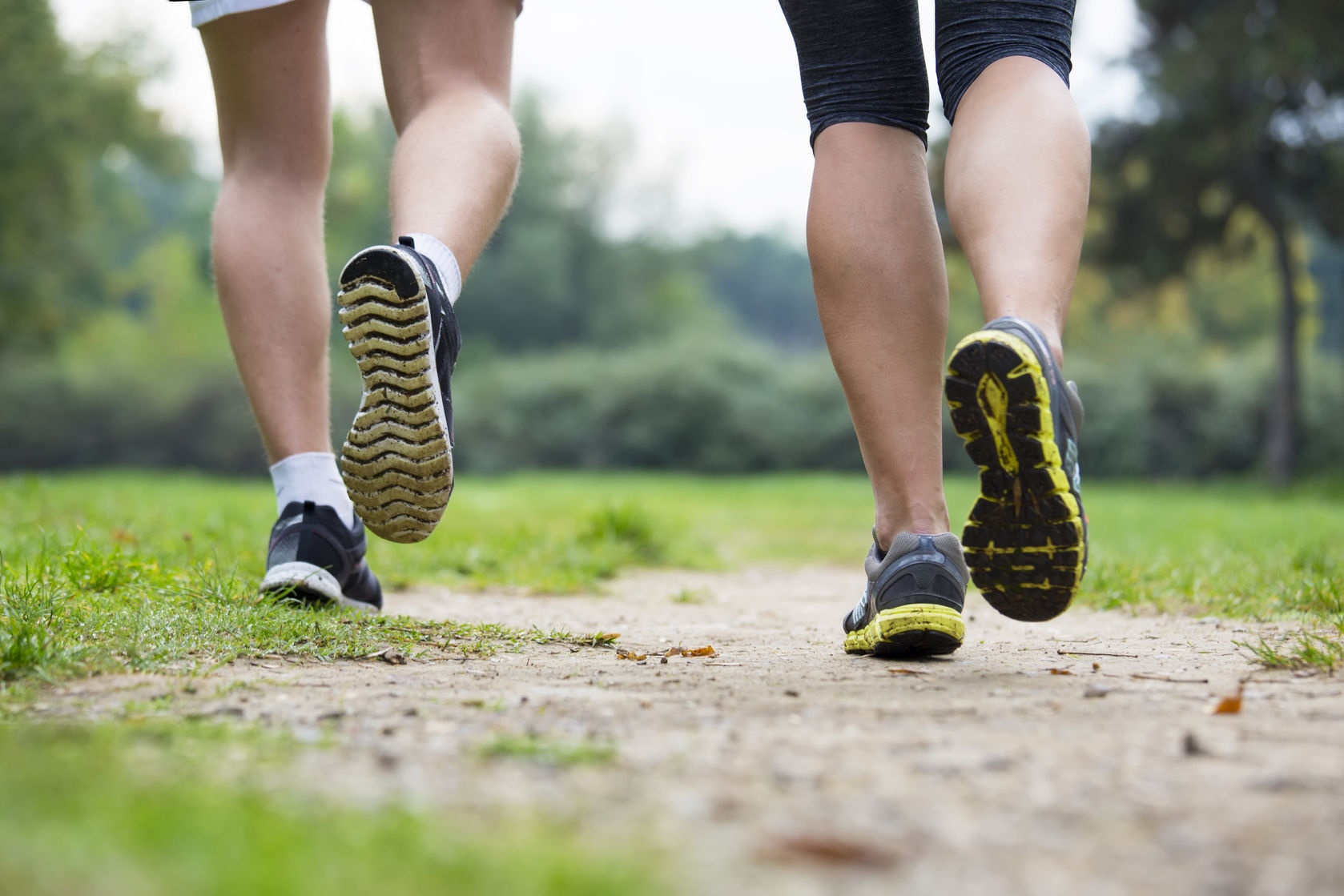
Get your legs moving on the first Wednesday of June and celebrate Global Running Day! Whether you are a regular runner or a beginner, celebrating Global Running Day can be simple and exciting. At Kentlands Foot & Ankle Center, we want to inspire and support our patients to live healthy lifestyles. Below we have curated all the ins and outs of Global Running Day.
What Is Global Running Day?
Global Running Day is a worldwide celebratory movement to encourage people of all ages to get moving. Regardless of the experience or ability, Global Running Day serves as a reminder of the power of movement and unification. No matter where you run, we are all in this together to encourage each other to keep moving, stay connected, and be healthy.
Traditions
Every year for Global Running Day, millions of people worldwide pledge to participate in some running activity by submitting their names to the Global Running Day website. Traditionally, a 5k race would be held, or folks would hit the trails. Regardless of where you decide to get moving, Global Running Day celebrates the history of running- what running means to our ancestors and what running means today.
Global Running Day in Numbers
- 59,838,621 – the number of race miles runs in the U.S. in 2020.
- 55% – the percentage of women who accounted for road race finishers in 2019.
- 518,000 – the number of Americans who finished a marathon in 2019.
- $2.46 billion – the amount spent on running shoes in 2011.
Running Self Care
At Kentlands Foot & Ankle Center, we want to remind all our patients of the importance of self-care, especially when it comes to physical activities.
- Take At Least One Rest Day a week to allow your muscles to recover and rebuild.
- Fuel Up on High-Carb, and Moderate Protein Meals 3–4 hours before a long-distance training run or event. In the 30–60 minutes leading up to a run, stick with a light, high-carb snack.
- For any run that lasts longer than 90 minutes, make sure to fuel up with a refreshing sports drink and continue to stop and take water breaks.
Visit Your Podiatrist. At least once every year, you should check in with your podiatrist. A podiatrist can examine your feet and treat any potential problems before they worsen. To schedule an appointment with our board-certified podiatrist Dr. Jon M. Sherman, at our Montgomery County office, call 301-330-5666 or visit our website for more information.
RECENT POSTS
categories
- Uncategorized
- Featured Articles
- Foot Disorders
- Broken Ankle
- Broken Toe
- Fracture
- Foot Health
- Foot Care
- Arthritis
- Foot Pain
- Skin Cancer
- Podiatry Appointment
- Custom Orthotics
- Podiatrist
- Diabetes
- Gout
- Heart Health
- National Nutrition Month
- National Foot Health Awareness Month
- Foot Safety
- Foot and Ankle Injuries
- Falls Prevention
- Chronic Heel Pain
- Shoes
- Laser Therapy
- Quoted
- Physical Therapy
- KeryFlex
- Sweat
- Summer Foot Care
- Sports Injury
- ESWT
- Fungal Toenails


